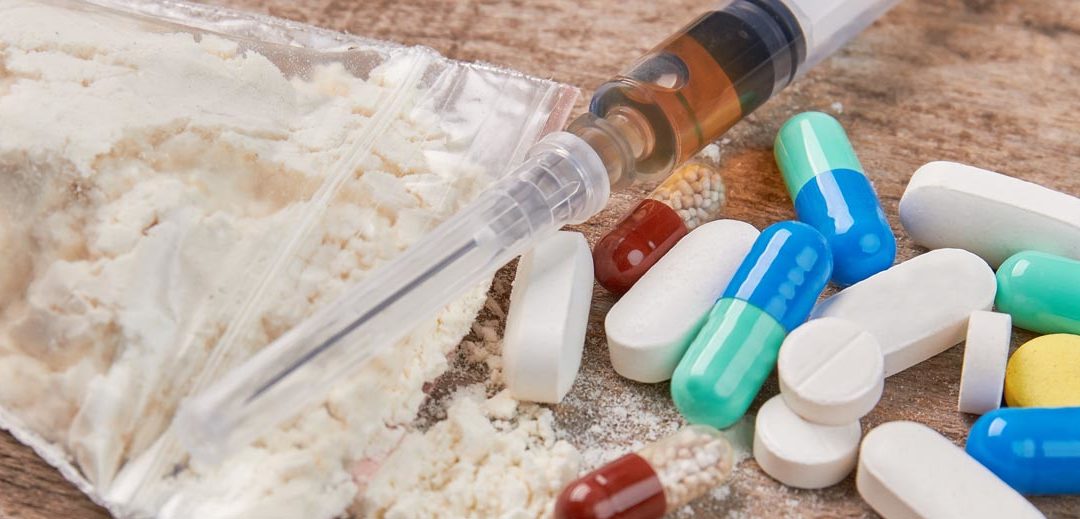Perhaps you’ve never even thought twice about taking your anxiety medication before heading to the bar for drinks. Or maybe you regularly abuse marijuana and alcohol without a care in the world. Although these habits may be common among many drug users, it certainly doesn’t make them any less dangerous.
Polydrug Use Defined
The term “polydrug use” is used to refer to drug abuse involving more than one substance in a certain timeframe.1 Examples of frequently combined drugs include alcohol and marijuana or alcohol and ecstasy. These are just a few commonly combined substances, but there are endless possibilities.
Many studies refer to two different types of polydrug use:
- Simultaneous polydrug use (SPU): This refers to two or more substances being used within the same session of drug use.
- Concurrent polydrug use (CPU): This refers to the use of more than one drug in the same time period (such as 12 months), but not necessarily at the same time.
Who Are the Polydrug Abusers?
The use of multiple drugs at once is often associated with the nightlife scene involving teen and young adult drug abuse in bars, clubs, and similar atmospheres. Polydrug use is also common among methamphetamine users, particularly those who tend to use drugs in social situations and in places like bars, dance clubs, festivals, and raves.2
Methamphetamine users commonly use ecstasy, cocaine, marijuana, alcohol and even Benadryl in conjunction with methamphetamine. A minority of them will also use methamphetamine with LSD.2
There is not a single reason individuals choose to use multiple drugs at once. For some, it may simply be based on what is available in a certain situation. Others may be more focused on achieving a particular effect, and as a result, take the blend of drugs they believe will best provide that result.
The Risks of Polydrug Use
A wealth of research and findings on the effects of mono-drug use exists today but more research needs to be done on the effects of polydrug use. Unfortunately, the sheer amount of drug combinations available makes this task quite an overwhelming one.
Although we cannot definitively pin down all the risks and effects of combining every drug, we do know that some of the most dangerous combinations include:
- Alcohol and any other drug
- Cocaine and ecstasy
- Cocaine and opioids
When multiple drugs are taken at the same time, the combination can cause serious medical complications, intensify the normal effects of certain drugs, and even result in death. For example, using alcohol and benzodiazepines together can overload the body with depressants, causing extreme confusion, dizziness, loss of consciousness, coma, and death.
Similarly, alcohol can intensify the effects of prescription opioid painkillers, but taking them together can stop a person’s breathing.
While it is true that the risks of polydrug use will vary based on the person’s drug abuse habits, such as what type of drugs they used, how much they used, and other personal circumstances, one of the greatest risks of using more than one drug simultaneously is combined drug intoxication.
Combined drug intoxication is a potentially fatal condition caused by the simultaneous use of more than one drug. Many celebrities have died from the dangerous effects of combining drugs, including Whitney Houston, Heath Ledger, and Anna Nicole Smith, and many everyday drug users are at risk of losing their lives too.3
Common signs and symptoms of combined drug intoxication include:
- Seizures
- Respiratory failure
- Coma
- Liver damage
- Heart problems
- Brain damage
- Death
Drug Addiction and Detox for Polydrug Use
It is completely possible for a person to experience drug addiction involving multiple different substances. This may be especially true for individuals who abuse more than one drug on a regular basis.
Drug detox is the first step to overcoming drug addiction, but people who abuse more than one drug simultaneously have more complex drug detox needs. Withdrawal from these substances can be highly unpredictable and a person may experience a wide range of physical and psychological symptoms as a result.
It’s impossible to predict exactly what symptoms a person will experience while completing polysubstance detox, but common symptoms include:
- Nausea
- Sweating
- Insomnia
- Vomiting
- Mood fluctuations
- Changes in heart rate, blood pressure, and respiration
An appropriate drug detox program for this type of situation should be designed based on the individual’s personal circumstances, such as:
- How long the substances were abused
- Which substances were abused
- Co-occurring medical conditions
- Co-occurring mental illnesses
A medically assisted drug detox program is the safest and most comfortable way for a person to begin treatment for polydrug abuse. At Hill Country Detox, our experienced staff and luxury detox center are fully prepared to treat clients who are addicted to multiple substances and require a more complex drug detox program.
If you or a loved one is struggling with polydrug abuse, don’t hesitate to call Hill Country Detox. We can provide more information about our individualized detox programs, verify your insurance, and begin the enrollment process all in one phone call. Please contact us today to get started.
References:
- https://campuspress.yale.edu/yrurp/files/2017/06/Ryan-1f5d8np.pdf
- http://www.health.gov.au/internet/publications/publishing.nsf/Content/phd-npi-methamphetamine-report-feb09-l~polydruguse
- https://www.healthyplace.com/blogs/debunkingaddiction/2015/07/combined-or-mixed-drug-intoxication-what-is-it/


Recent Comments